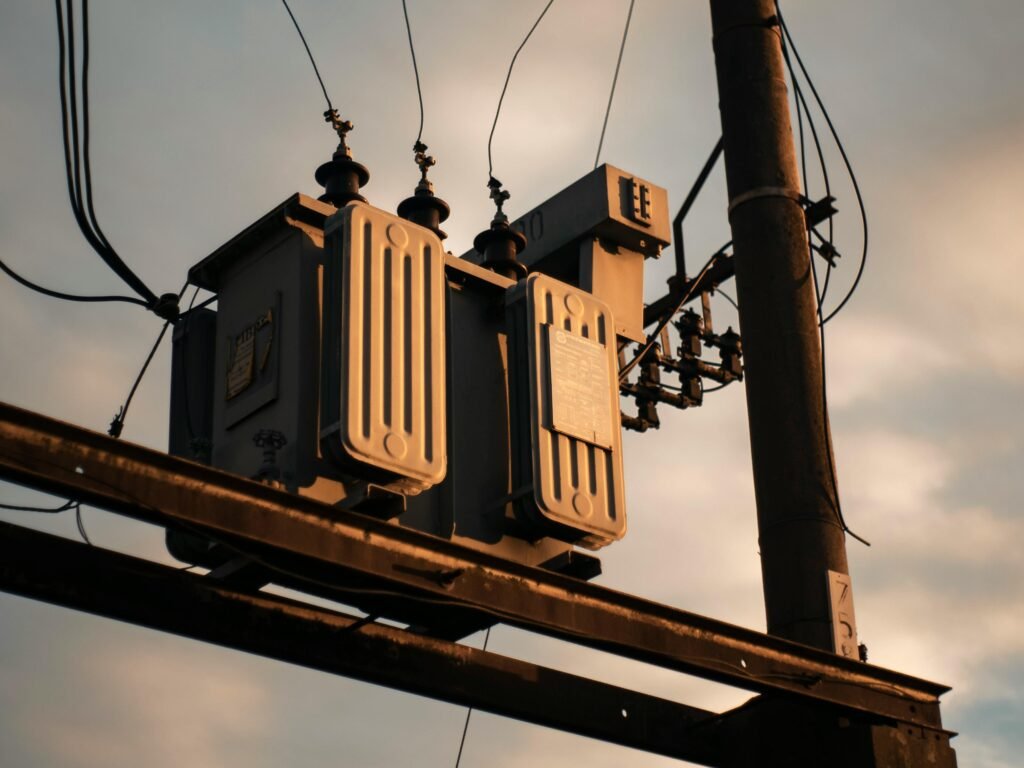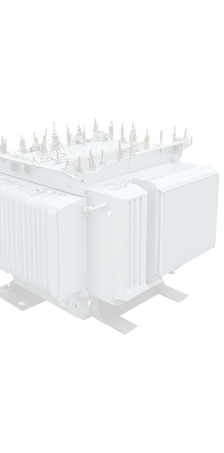When it comes to buy transformer or even selling old or scrapped transformers, one of the most important factors that affect the scrap value is the type of core material used in the transformer. The core material of a transformer plays a significant role in its efficiency and performance, and it also has a major impact on how much you can get for your transformer when it’s scrapped. In this blog, we will explain how the core material of a transformer affects its scrap value and why it’s important for buyers and sellers alike to understand its significance.
1. What is Transformer Core Material?
The core of a transformer is the central part that conducts the magnetic flux required for the transformer to operate. It is usually made from iron or steel, and the quality of the material impacts the transformer’s overall performance, lifespan, and, ultimately, its value in the scrap market.
The most common materials used in transformer cores are:
- Silicon Steel: Often used for its high magnetic permeability, silicon steel is the most commonly used core material in transformers. It has a great balance between performance and cost-efficiency.
- Amorphous Steel: A newer, more energy-efficient core material, amorphous steel has a lower loss of energy, making it a preferred choice for modern transformers.
When you buy transformer, knowing the core material can help you determine its value in the market.
2. Impact of Silicon Steel on Scrap Value
Silicon steel is a popular material used in transformers due to its magnetic properties. It’s cost-effective and commonly found in both newer and older transformers. While it may not fetch the highest scrap prices compared to other materials, it still retains considerable value. The scrap value of transformers with silicon steel cores depends on the amount of usable material that can be extracted, such as the steel itself and any other recoverable metals.
If you’re looking to sell used transformers, the presence of a silicon steel core can offer a fair scrap value due to its high content of recyclable materials. The demand for steel as a recyclable material ensures that you can still get a good return for your transformer.
3. Amorphous Steel’s Growing Demand
Amorphous steel is an advanced material used in transformer cores, primarily due to its energy efficiency. This material has a much lower core loss compared to silicon steel, which is why it’s used in high-performance transformers. Because of its efficiency, transformers with amorphous steel cores are often considered more valuable when scrapped.
The scrap value of transformers with amorphous steel cores is typically higher compared to those with silicon steel because the material is rarer and more valuable. When you buy transformer with this type of core, you are investing in a more energy-efficient and potentially more valuable unit, especially when considering future recycling and resale.
4. The Role of Copper and Other Metals in Scrap Value
While the core material plays a major role in determining the scrap value of a transformer, it’s important to consider the other valuable materials inside the unit. Copper windings are one of the most valuable components in any transformer, contributing significantly to its scrap value. Copper is in high demand in the recycling market, and its extraction from transformers increases the overall scrap value.
Even if a transformer has an iron or steel core, the copper windings can significantly enhance its value when you sell transformer. At JJ Transformers, we ensure that every component, from copper windings to the core material, is properly evaluated for recycling to maximize its scrap value.
5. Why Transformer Core Material Matters for Scrap Buyers
For scrap transformer buyers or anyone looking to purchase used transformers, understanding the core material can be essential in determining the unit’s potential value in both the short and long term. For example, if you are looking to buy used transformers, knowing whether the core material is made from silicon steel or amorphous steel can help you estimate the recycling value and make an informed decision about the purchase.
Transformers made from rare or high-quality materials, such as amorphous steel, are generally more sought after in the scrap market and will provide higher returns. As a buyer, it’s essential to know what you’re purchasing, especially if you’re interested in maximizing your profits from scrap sales.
6. How JJ Transformers Helps Maximize Transformer Value
At JJ Transformers, we understand the importance of core material in determining the value of your scrap transformer. We offer expert evaluation and fair pricing based on the core material, copper content, and overall condition of the unit. Whether you’re looking to sell used transformers or purchase surplus transformers for resale or reuse, we ensure you get the best value for your equipment.
Our knowledgeable team also specializes in transformer rewinding and other transformer services to restore your unit to its optimal condition, which can increase its resale value.
Conclusion: Understanding Core Materials and Maximizing Transformer Scrap Value
The core material in a transformer is one of the key factors that affect its scrap value. Whether you’re looking to buy transformer units or sell transformer scrap, knowing what the core is made from can help you make informed decisions about its value. Silicon steel and amorphous steel are the most common materials, but each has different implications for the transformer’s longevity, energy efficiency, and scrap value.
By working with JJ Transformers, you can ensure that your transformer’s core material is properly assessed and recycled, and you can maximize its value when selling or purchasing scrap. Contact us today to learn more about how we can assist with your transformer maintenance or help you sell used transformers for recycling.



